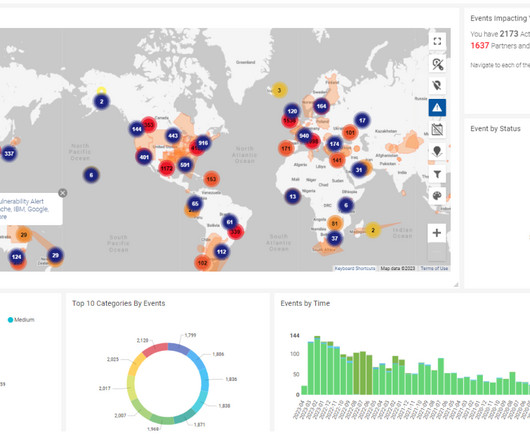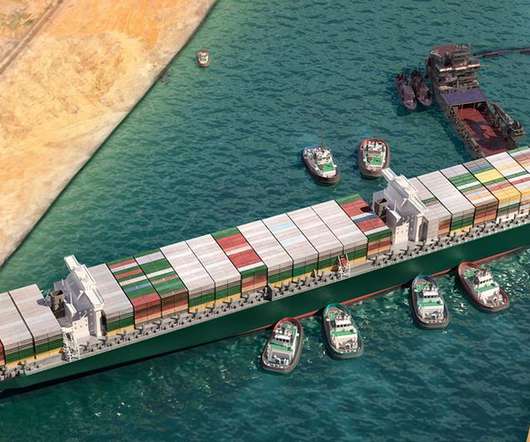Supply Chain and Logistics Predictions for 2016
Talking Logistics
DECEMBER 16, 2015
That said, there are several high-level trends and factors that will impact supply chain and logistics strategies and operations in 2016: Oil Prices : Just a few years ago, there was plenty of talk about oil prices potentially reaching $300 per barrel and the impact it would have on supply chain and logistics networks and processes (e.g.,















Let's personalize your content